A value chain analysis diagram is a corporate tool or technique that ensures that you have an eye on all the elements in the market that matter to you and your company. This also includes the products or services that you offer to your customers. In simple words, this is a tool that provides the ways or points where improvements are vital to make inside your company whether it’s a production line or your marketing strategies. On the other hand, this technique also makes sure that your customers are getting the most for the money they are investing in your company. This way, when the customers are satisfied with your products or services, there are better chances for you to stay ahead of your competitors.
What is Value Chain Analysis?
Value chain analysis is a strategic business tool used to evaluate the internal processes of a company to identify areas where value can be added and costs can be minimized. It helps businesses understand how each stage of production contributes to overall efficiency and customer satisfaction. By examining every step, from raw material procurement to final product delivery, organizations can optimize operations, improve profitability, and gain a competitive advantage. This analysis is crucial for businesses aiming to enhance productivity and streamline operations while maintaining high-quality standards.
Components of Value Chain Analysis
Value chain analysis is typically divided into primary and support activities. Primary activities include inbound logistics, operations, outbound logistics, marketing, and customer service, all of which directly contribute to value creation. Support activities, such as procurement, technology development, human resource management, and infrastructure, provide the necessary foundation for primary activities to function effectively. By analyzing these components, businesses can identify inefficiencies, reduce production costs, and improve product differentiation to stand out in the market.
Importance of Value Chain Analysis Diagram:
There are dozens of benefits and important factors to discuss in the value chain analysis diagram but the most important and key factor is that this is the tool that provides information and analysis on more than one aspect at the same time including your company, your competitors and respective places in the relevant market. This means that value chain analysis is the tool that helps you to find the areas in your company along with the weaknesses of your competitors and the possible opportunities in the market for your company.
Another huge benefit of this tool is that it allows you to deliver what your customers expect from you. With this tool, you understand the expectations of your customers and the promises that your organization is made with them to improve your operations whether it is related to the product quality of your customer service. Either way, this tool helps you to find ways to communicate, relate, and link with your customers in the exact way that they want you to.
Free Value Chain Analysis Diagrams
Here is a preview of a Free Sample Value Chain Analysis Diagram created using MS Word,

Here is the download link for this Value Chain Analysis Diagram,
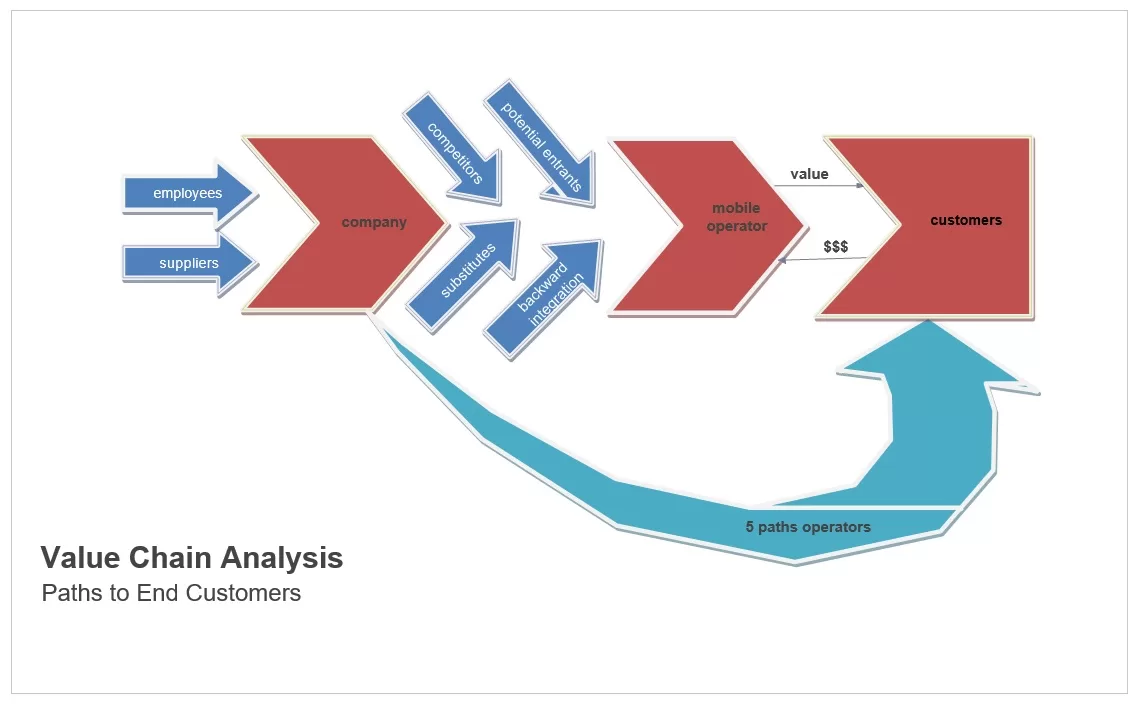
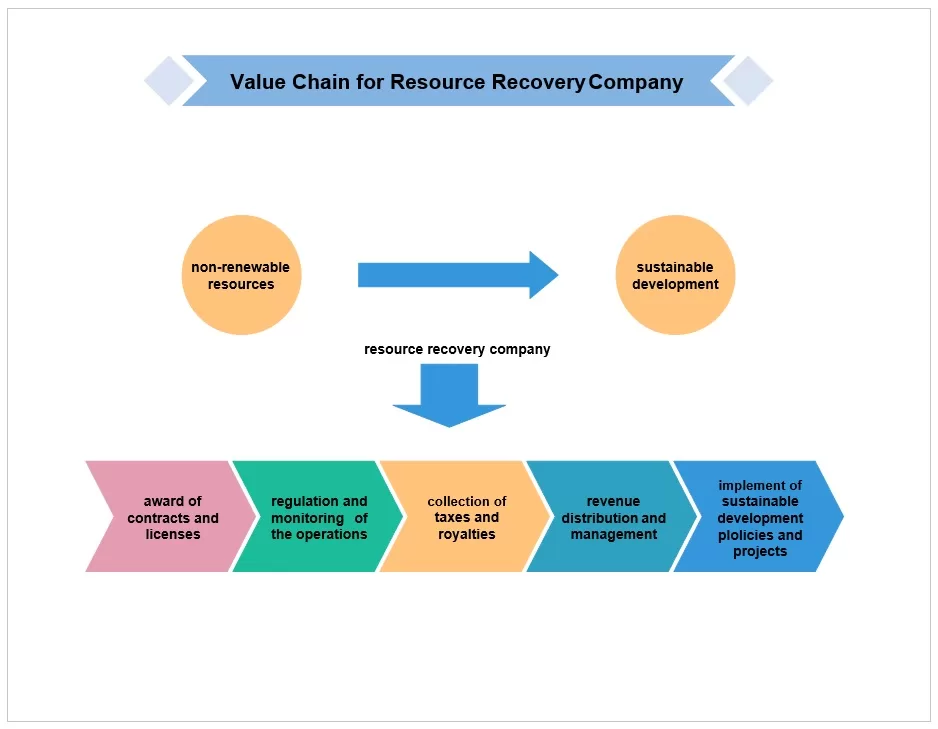
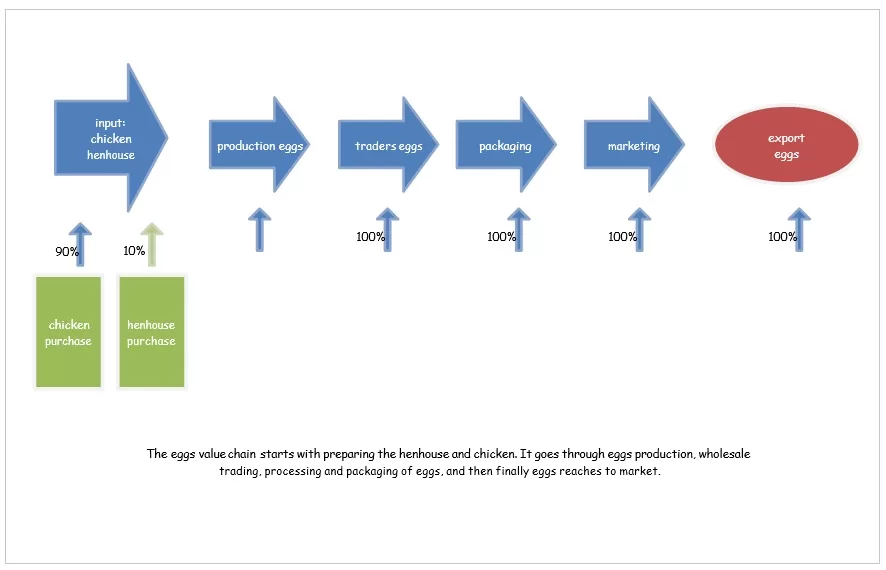
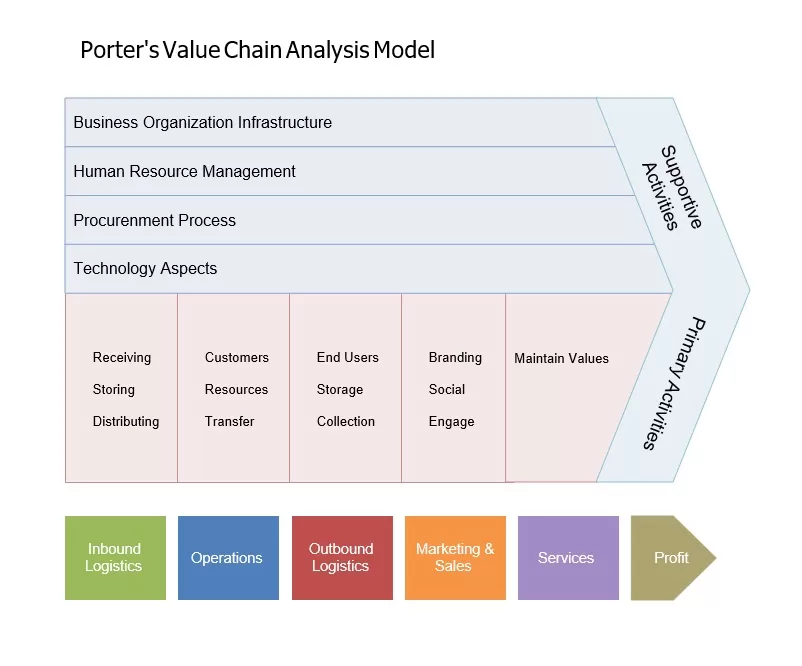
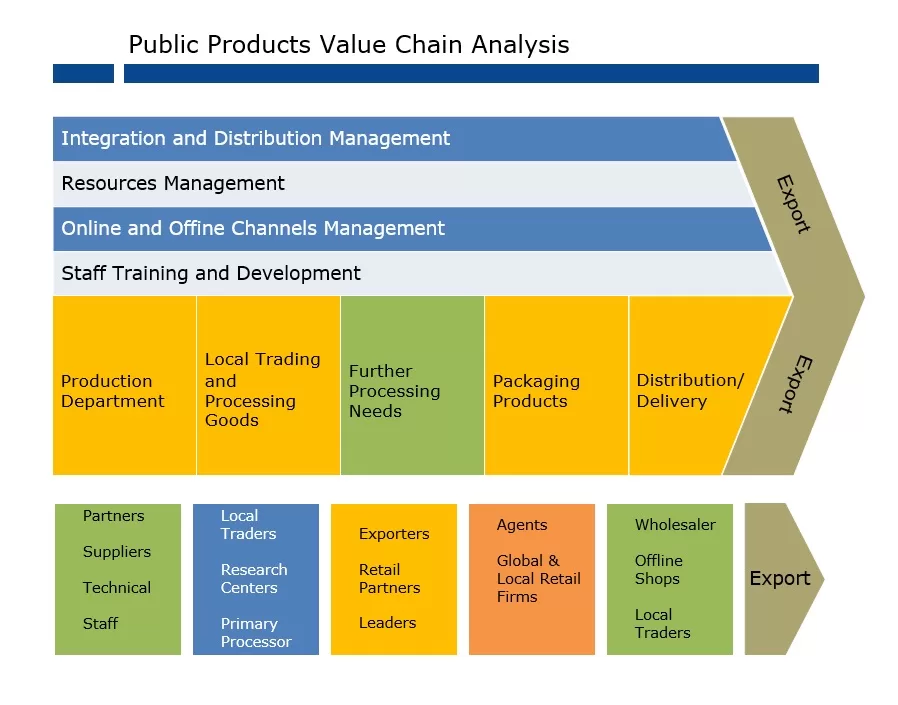
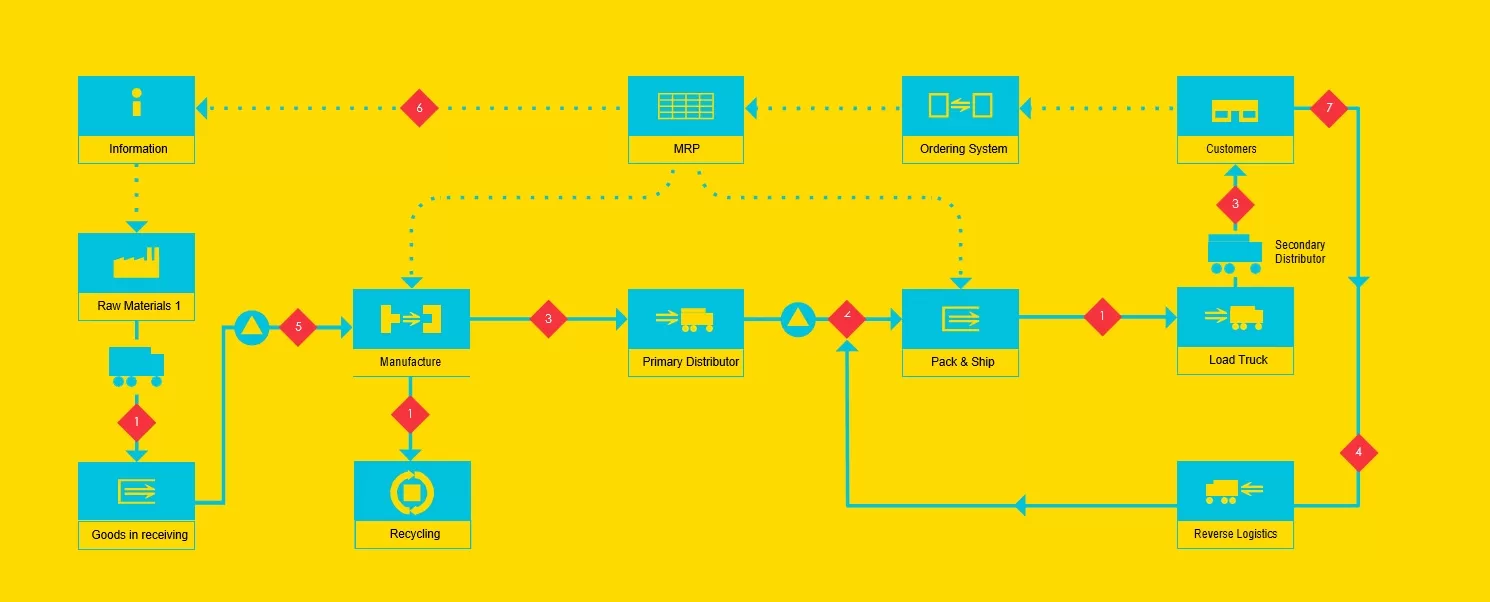
Application of Value Chain Analysis Diagram in Business:
If you ask any businessman about the biggest threat to a company, he or anyone in the world will tell you that there is only one threat that is big enough and serious enough to handle on time and with great consideration and it’s the competition in the market. Most of the time, companies and organizations don’t lose business or client due to poor performance or bad products but it’s because their products can’t keep up with their competitors. This is why when you want to run a successful business; you need to keep an eye on the performance and characteristics of your competitors so that you can see what they are offering and how you can improve your quality and performance.
This pretty much explains the value and importance of value chain analysis in businesses and organizations. With this tool, you can make sure that you have your eye on what your customers want from you and what they aren’t getting from other companies or your competitors that you can provide for them.
Free Value Chain Analysis Report Templates
Here are several free report templates to help you conduct and report your Value Chain analysis effectively.
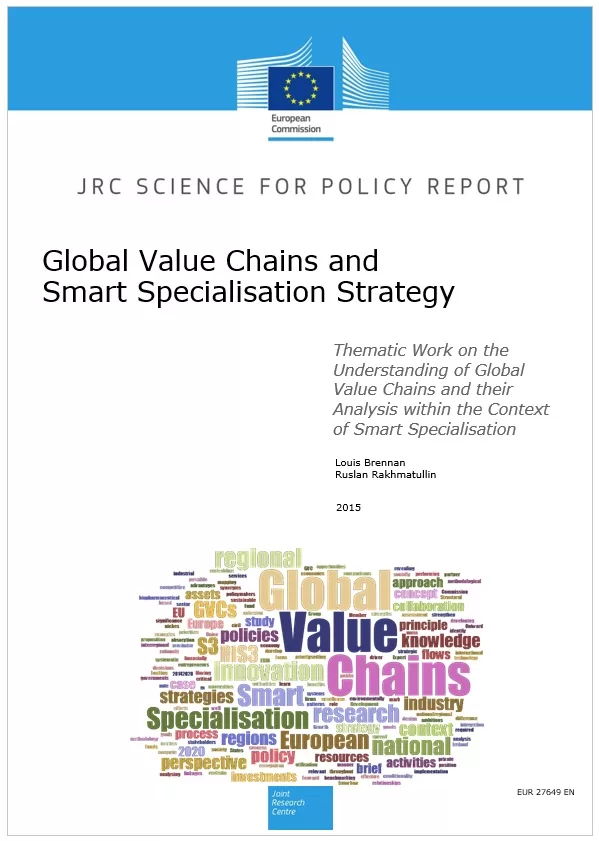
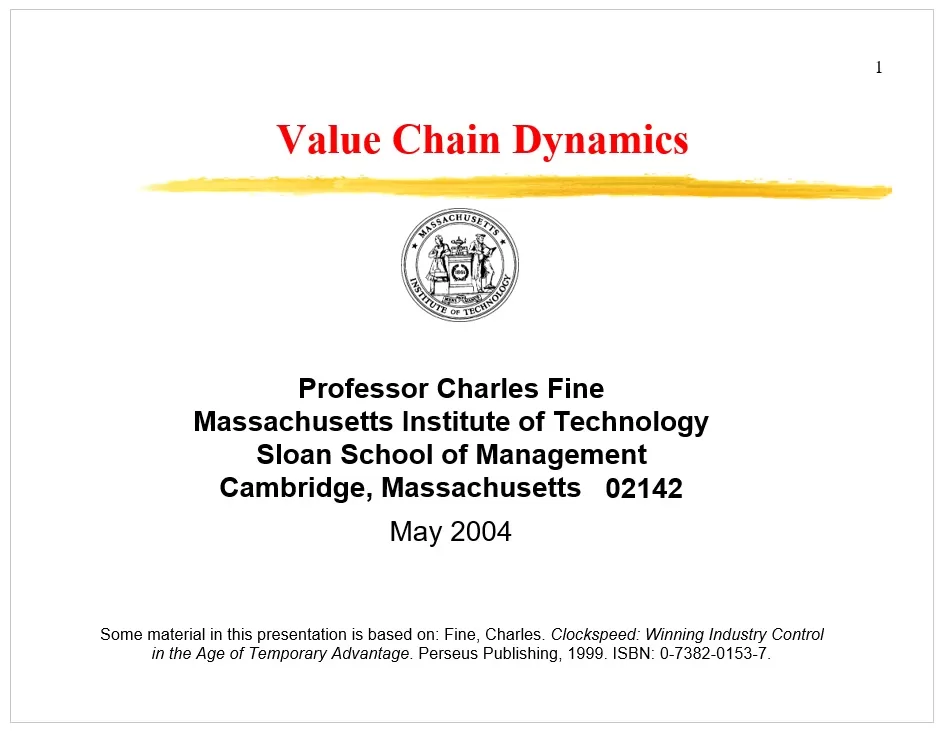
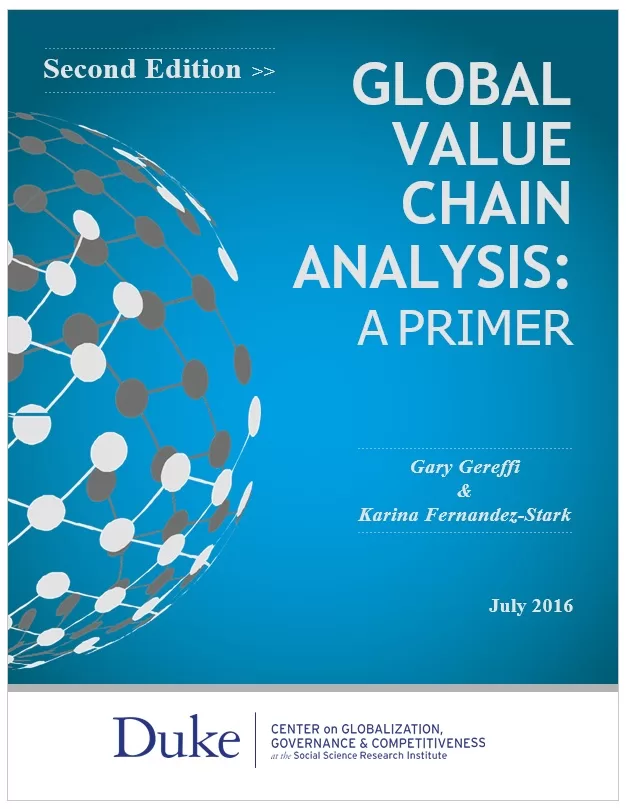
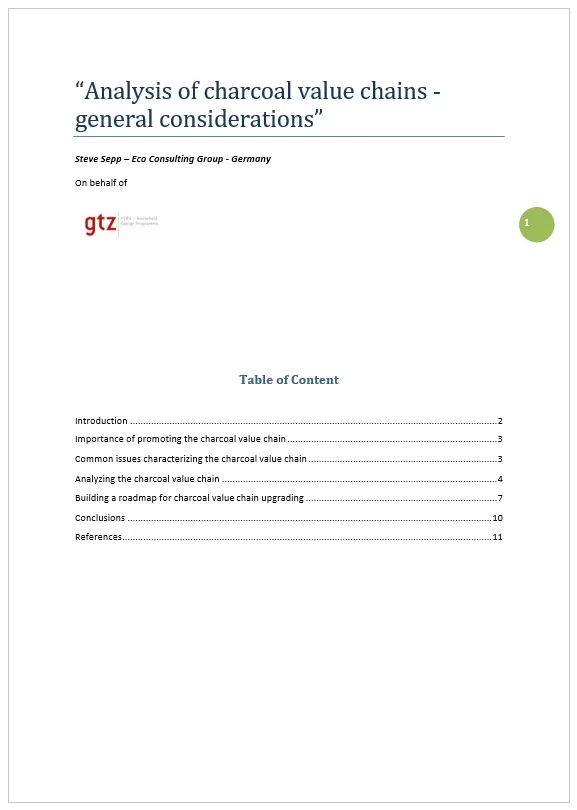

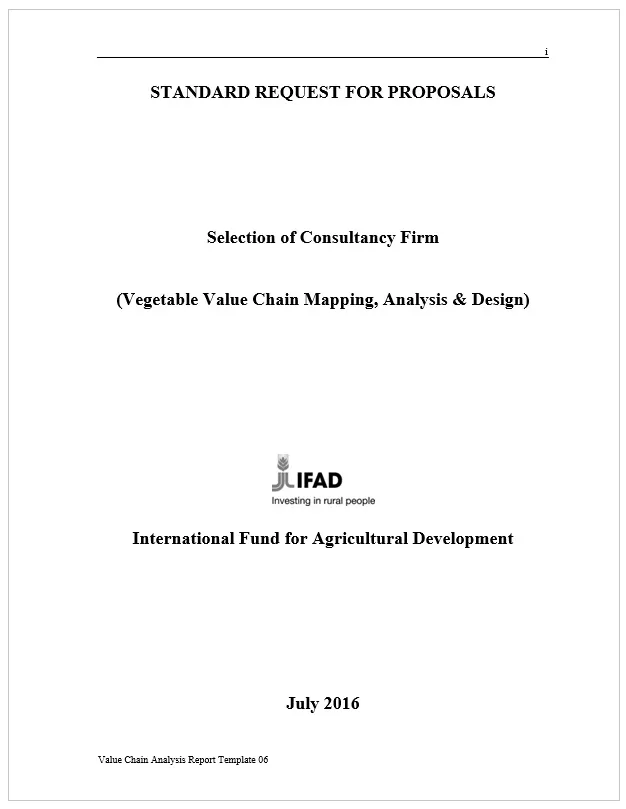
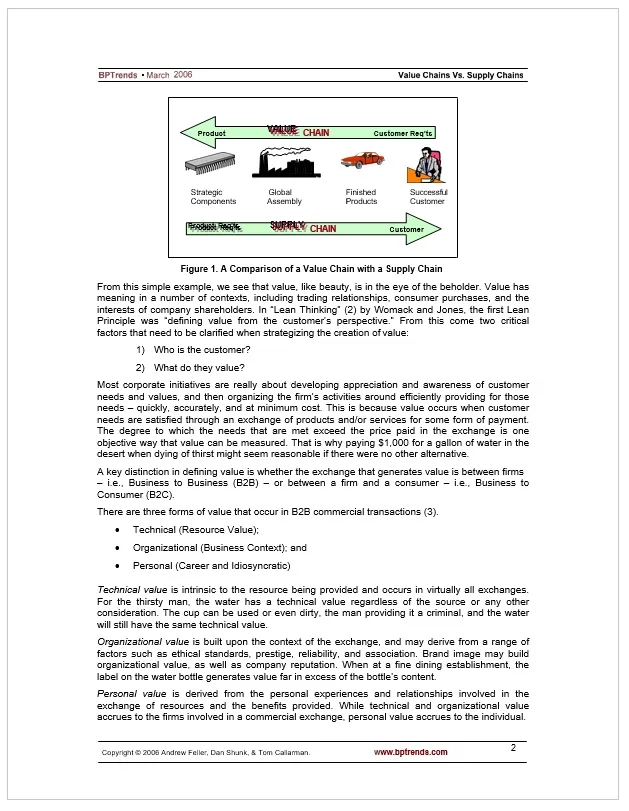
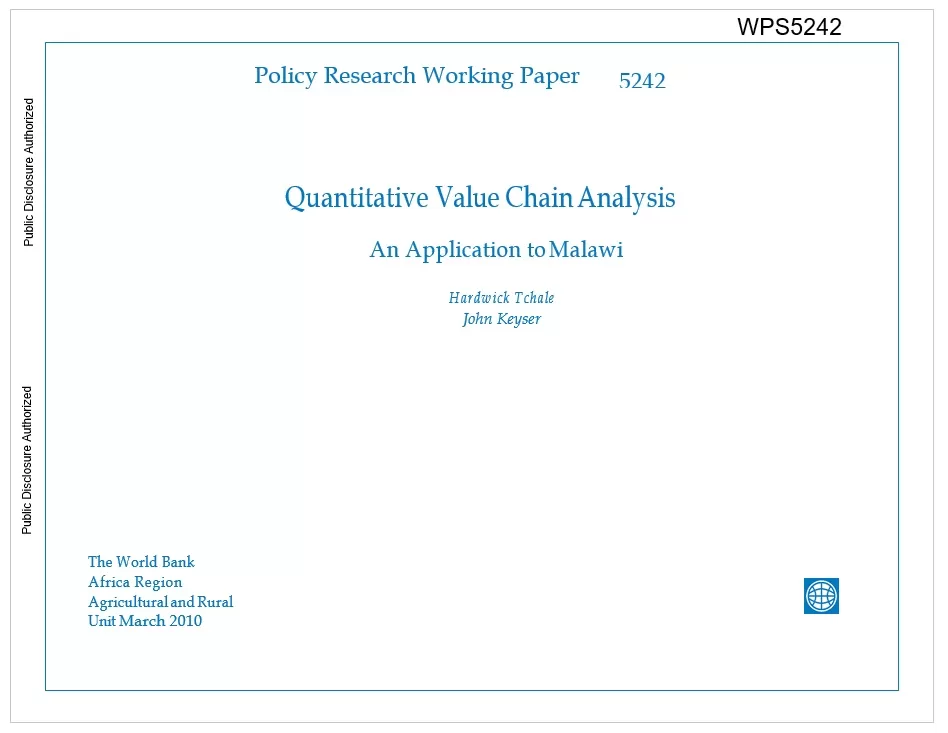
Common Mistakes to Avoid in Value Chain Analysis
Overlooking Indirect Activities
Every business is bound to commit a mistake when it comes to value chain analysis. This is due to the fact that companies only tend to look at direct processes and forget to look at subsistence processes which indirectly contribute to efficiency all within the organization. It is correct that firms require production and logistics as the prime drivers of their operations but likewise, technological development, human resources, and procurement process to buttress their functions. If these aspects are overlooked, inefficiency, low productivity, wastage and stagnation of the firm’s competitiveness in terms of cost among other things rarely occur.
Lack of Data Accuracy and Analysis
The usefulness of a value chain analysis can be emphasized if relevant information has been used. Some organizational companies do not even consider proper data collection and generalities lead to the wrong recommendations and actions. An organization would find it difficult to determine where the inefficiencies lie or the areas that require enhancement without understanding the composition and allocation of expenses, process maps and performance indicators. In this regard, investing in adequate information gathering and analysis tools assists in reducing the reliance on hunches and biases when conducting value chain assessments.
Ignoring Customer Perspective
One of the key mistakes made during a value chain analysis is not including end-user requirements as the focus is on internal operations. The purpose of re-engineering a value chain is not taken away from the fact that the purpose is to deliver goods and services that people require. It therefore means that companies that ignore the demographic needs or the trends in a particular industry, are likely to engage in process developments that are not serving the obvious expectations of the consumers. Forming a value chain theory should encompass components of organizational efficiency and also consumer needs as this is what will enable performance and competition in the long haul.
